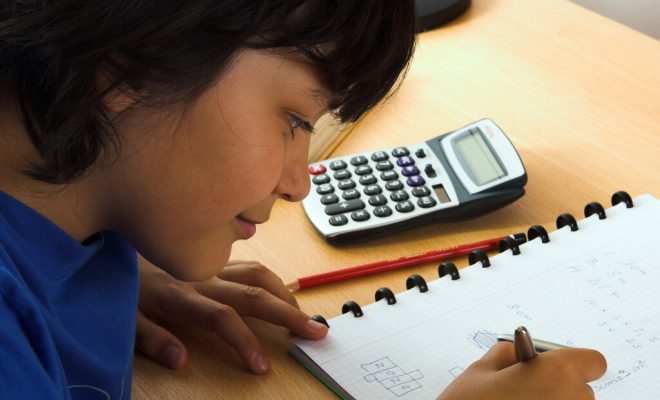Activities to Teach Students to Identify Linear, Quadratic, and Exponential Functions From Tables

As math teachers, we know that identifying the type of function from a table is a fundamental skill necessary for success in algebra and beyond. However, students often struggle with this concept, finding it difficult to differentiate between linear, quadratic, and exponential functions. Fortunately, there are various effective activities that teachers can use to help students master this crucial skill. Below are some activities that teachers can use to teach students to identify linear, quadratic, and exponential functions from tables.
1. Identifying Key Features of Different Functions:
The first step towards identifying a function from a table is to understand the key features of each function type. Teachers can begin by explaining the definition of each function type, including its basic equation, table of values, and graphical representation. For example, a linear function is typically represented as y = mx + b, while a quadratic function is represented as y = ax2 + bx + c. Teachers can also discuss the key features of each function type, such as the slope of a linear function or the vertex of a quadratic function.
2. Practice with Real-Life Examples:
Another effective way of teaching students to identify functions from tables is to provide them with real-life examples. For instance, teachers can present situations that can be modeled using different function types such as linear, quadratic, or exponential. For example, a scenario where a person’s bank account has $100 added to it every month can be modeled using an exponential function, while a scenario where a student earns $10 per hour can be modeled with a linear function. Students can then be given tables representing these situations, and they should be asked to identify the function type.
3. Collaborative Group Work:
Collaborative group work is an exciting way of engaging students in the learning process and helping them understand concepts better. Teachers can divide their students into groups and provide them with different tables of values. Each group will be tasked with identifying the function type for their table, and once complete, they will share their findings with the larger group or class. Collaborative group work allows students to learn from each other and also promotes teamwork, which is an essential life skill.
4. Use Technology:
Utilizing technology is another effective way of teaching students to identify functions from tables. Teachers can use math software or graphing calculators to provide students with multiple examples of different types of functions. By using technology, students can see graphs and tables of values simultaneously, allowing them to compare and identify the function type.
In conclusion, teaching students the skills to identify linear, quadratic, and exponential functions from tables is essential for algebra and beyond. The activities above provide teachers with useful tools for teaching this fundamental concept. With proper instruction and consistent practice, students can master these skills and become confident in their mathematical abilities.




